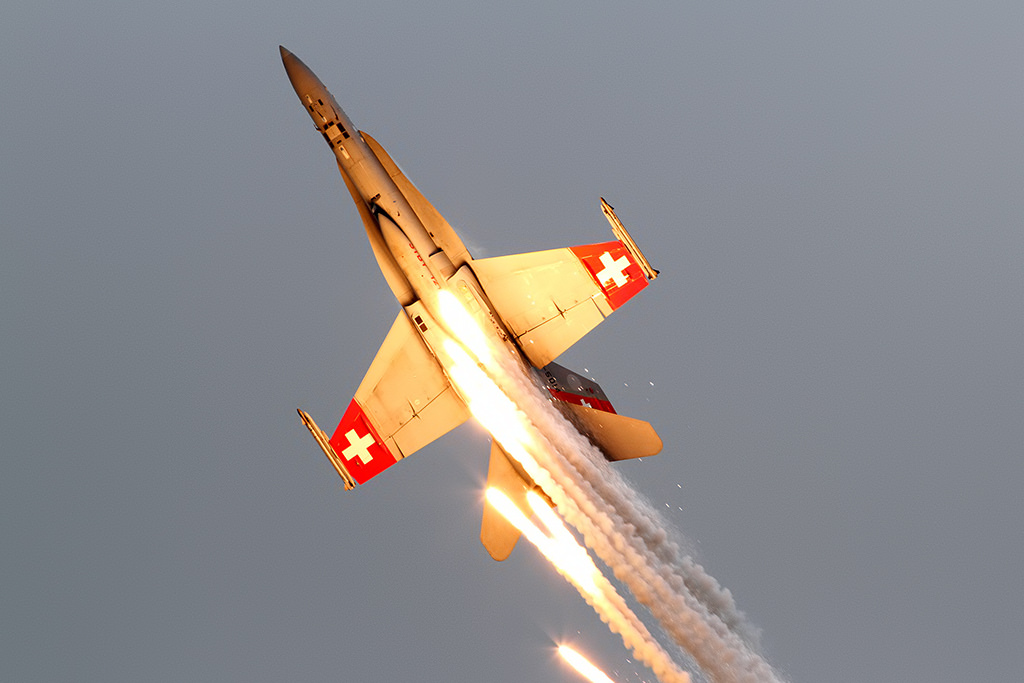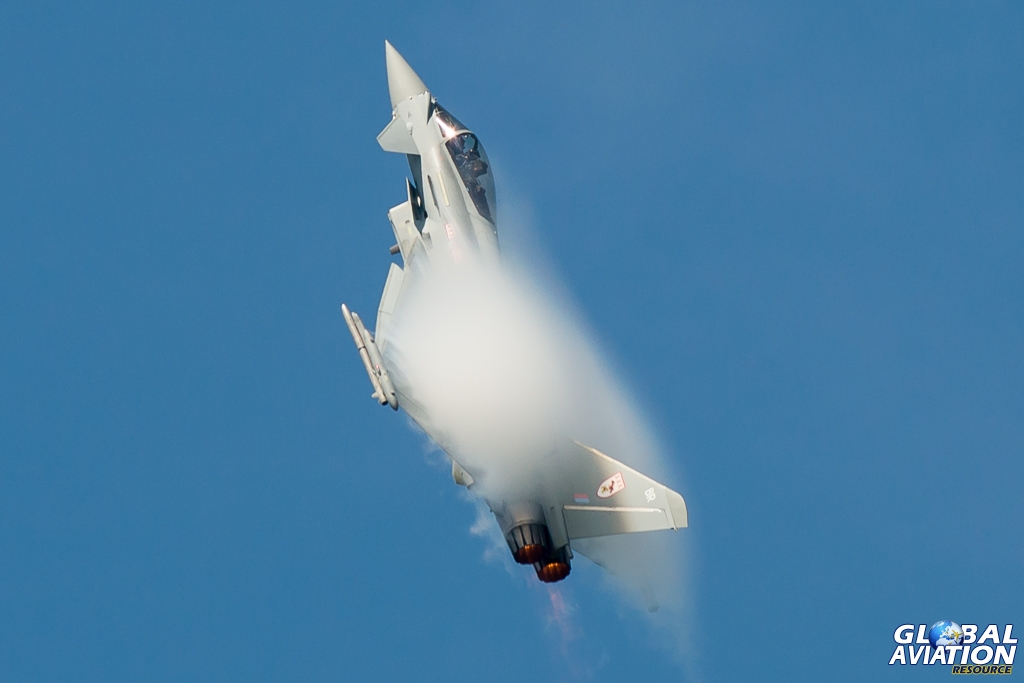One of aviation’s true legends passed away at the weekend when Dale ‘Snort’ Snodgrass was killed in a crash at an airport in Idaho. Gareth Stringer takes a look at his career.
The word legend has been quoted repeatedly in reports on the death of Dale Snodgrass and while it is undoubtedly an overused epithet these days, Snodgrass certainly deserves it more than most.

Snort displaying an F-86 Sabre © Rob Edgcumbe – Global Aviation Resource
‘Snort’ was, and will be remembered by many as, the definitive F-14 Tomcat pilot.
The son of a test pilot, in 1974 Snodgrass was one of the first pilots to fly the Tomcat straight out of flying training and the first ‘nugget’ to land the jet on a carrier by day and by night.
In 1978 he graduated from Top Gun, the US Navy’s famous Fighter Weapons School, and in 1985 was named the US Navy’s ‘Fighter Pilot of the Year’ and began displaying the Tomcat at airshows. The following year marked the release of Top Gun the movie, which simultaneously made the Tomcat famous, and ‘Snort’ was rewarded by Grumman when they named him ‘Top Cat – the best F-14 pilot of the year’.

The mighty Tomcat © John Higgins – Global Aviation Resource
Eventually he would amass almost 5,000 hours on the F-14, making him the most experienced Tomcat pilot in history, a total that included 34 operational sorties in the Gulf War as a Squadron Commander, and he continued to display the aircraft throughout his career, even when he became ‘Commander – Fighter Wing Atlantic’ and was responsible for all the F-14s in service. It was during this posting that Snodgrass was praised for the part he played in acquiring the LANTIRN weapons system for the F-14. The navigation and bombing system was developed during the two years that Snodgrass was in command and made its operational debut in Bosnia when Tomcats deployed with USS Enterprise.
On his F-14 demo flying, Snodgrass is quoted as saying:
“I started doing the demos and I liked it so much that I stayed connected to the airshow circuit by hook and by crook from 1985 to 1997—12 years, which was unprecedented in military demo flying. Everybody (normally) did two, three years.”
Snort’s enthusiasm and expertise is more than evident in this excellent video:
Snodgrass was also responsible for one of the most famous images of the Tomcat ever taken.
The year was 1988 and it was the Dependents’ Day Cruise for families of personnel serving on USS America.
Snort, as he usually did when flying Tomcat demonstrations at sea, made his first pass, and the turn that followed it, almost impossibly close to the flight deck and the watching crowd. A third class petty officer was perfectly placed with his camera to capture the moment and when Snodgrass saw the image, he apparently exclaimed, “Holy cow! Make me 50 copies and burn the negative. I don’t want that to follow me.”
Suffice to say it has, but the image is now undoubtedly one of the most famous of its kind.

‘That’ Tomcat image – USN / public domain
Over the years Snodgrass’s love of airshow flying grew and he learned to fly piston-engined warbirds himself, also flying the Tomcat in formation with aircraft like the F4U Corsair his father had flown during World War 2 before becoming an engineering test pilot for Grumman. One such formation, led by former USN Phantom pilot John Ellis, would eventually lead to perhaps the most memorable sight of all – the ‘Flight of the Twin Engine Cats’.
Not many people shared Snodgrass’s confidence that the Grumman F-14 and Grumman F7F Tigercat could fly formation aerobatics but, having seen at first hand what Snort could do with the Tomcat, Ellis believed in him, and no one who ever saw the routine will forget it.
Two aircraft and two consummate professionals at the top of their game, in perfect harmony…….
These mixed formation flights, including the ‘Flight of the Grumman Cats’ which saw an F7F, F6F, F4F, F9F and F-14 would eventually lead to the creation of the Heritage formations we see today with the likes of F-16, F-22, F-35 and P-51, P-47 etc.
Snodgrass himself became a Heritage Flight pilot for 10 years and would go on to display / fly a multitude of types including the F-86 Sabre, P-51 Mustang, P-40 Warhawk, F4U Corsair, T-6/SNJ Texan, L-39 Albatros, MiG-15, MiG-17 and MiG-21. He was also Chief Pilot for Draken International flying the A-4, L-159 and L-39.

Dale Snodgrass in the Sabre with F-15 © John Higgins – Global Aviation Resource
According to reports, Snodgrass was the only occupant of the SIAI-Marchetti aircraft when it crashed at mid-day during takeoff from Lewiston in Idaho last weekend. Emergency services responded to the crash but were unable to save Snodgrass’s life.
Our condolences go out to Dale Snodgrass’s family, friends and colleagues.






Thank you very much, Gareth, for introducing me to someone I wish I had ‘met’ much earlier. What a tragic loss, but possible consolation in that he died doing what he loved. Peace to him and those who love him.